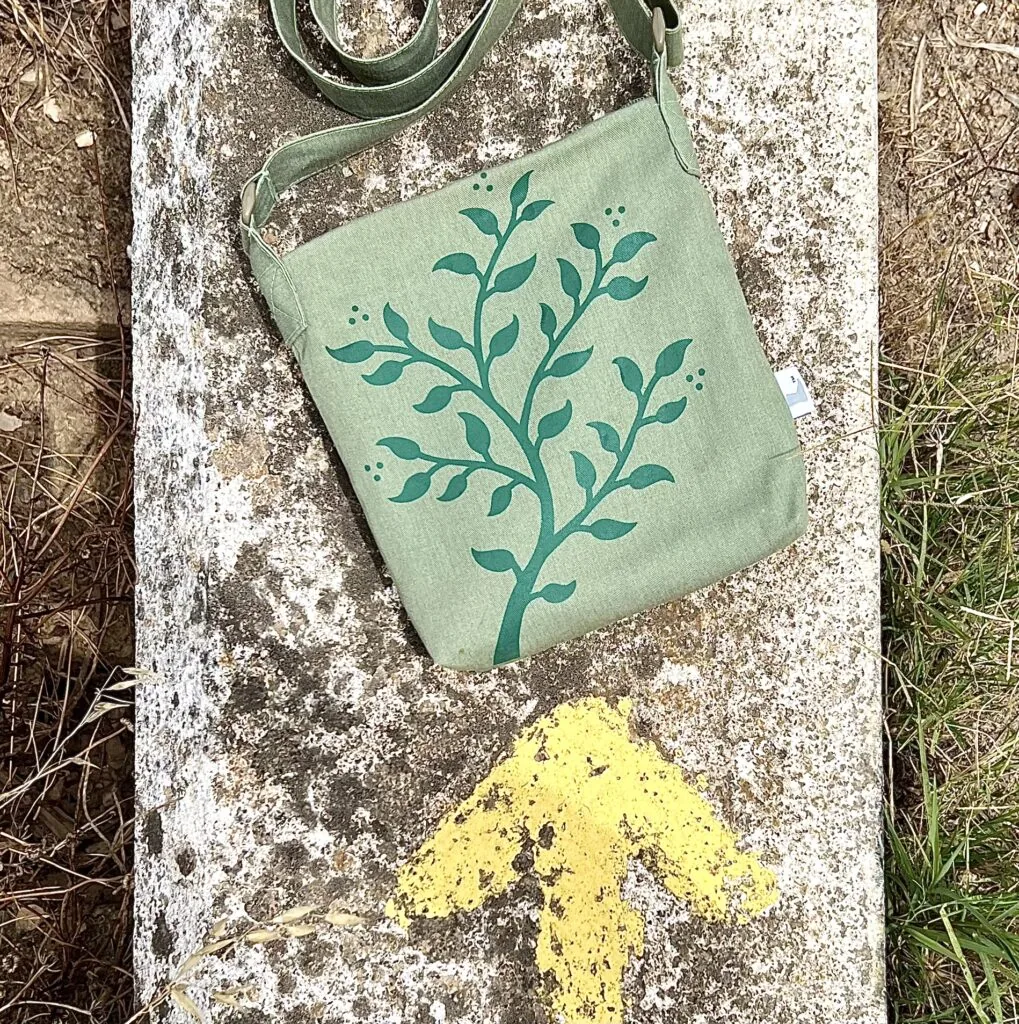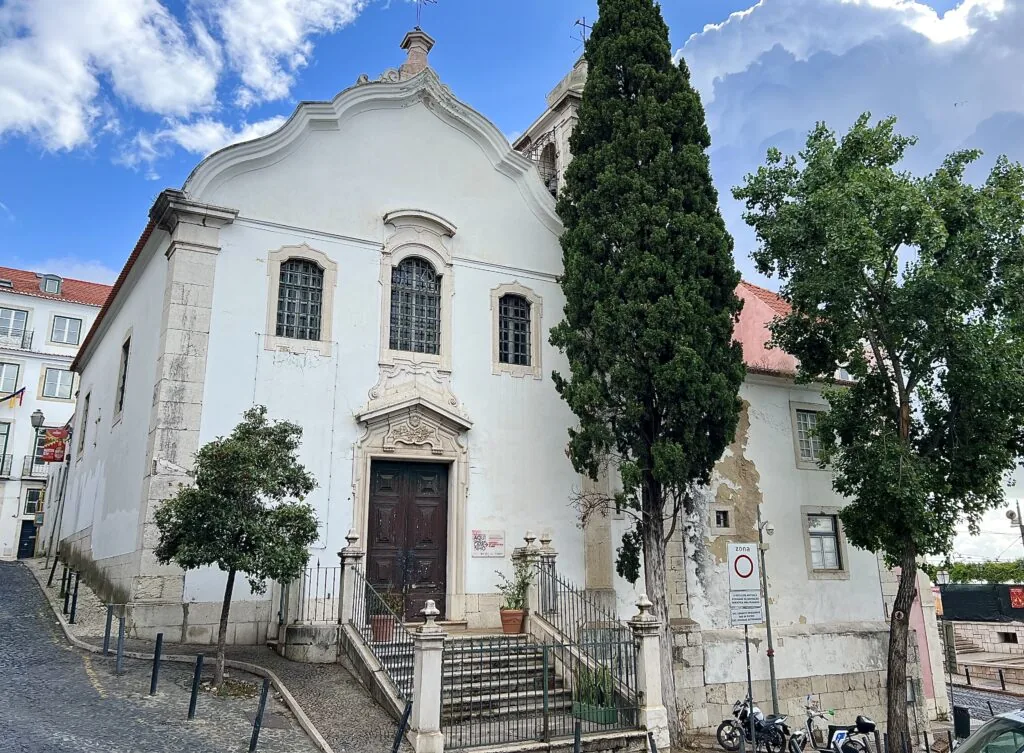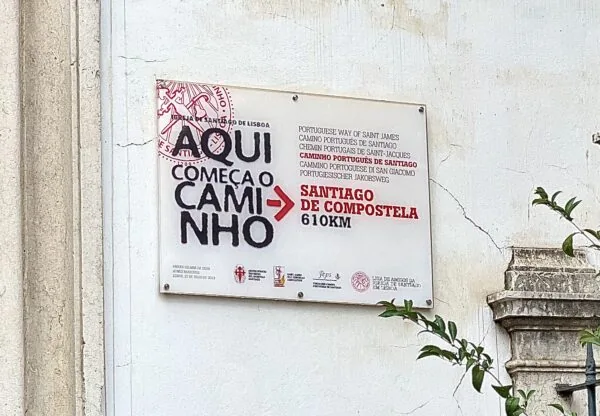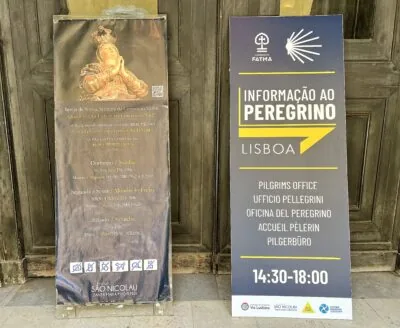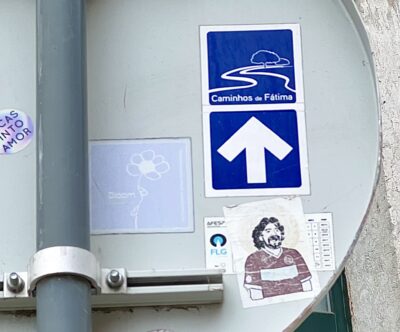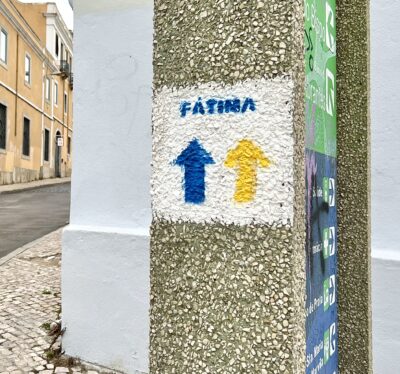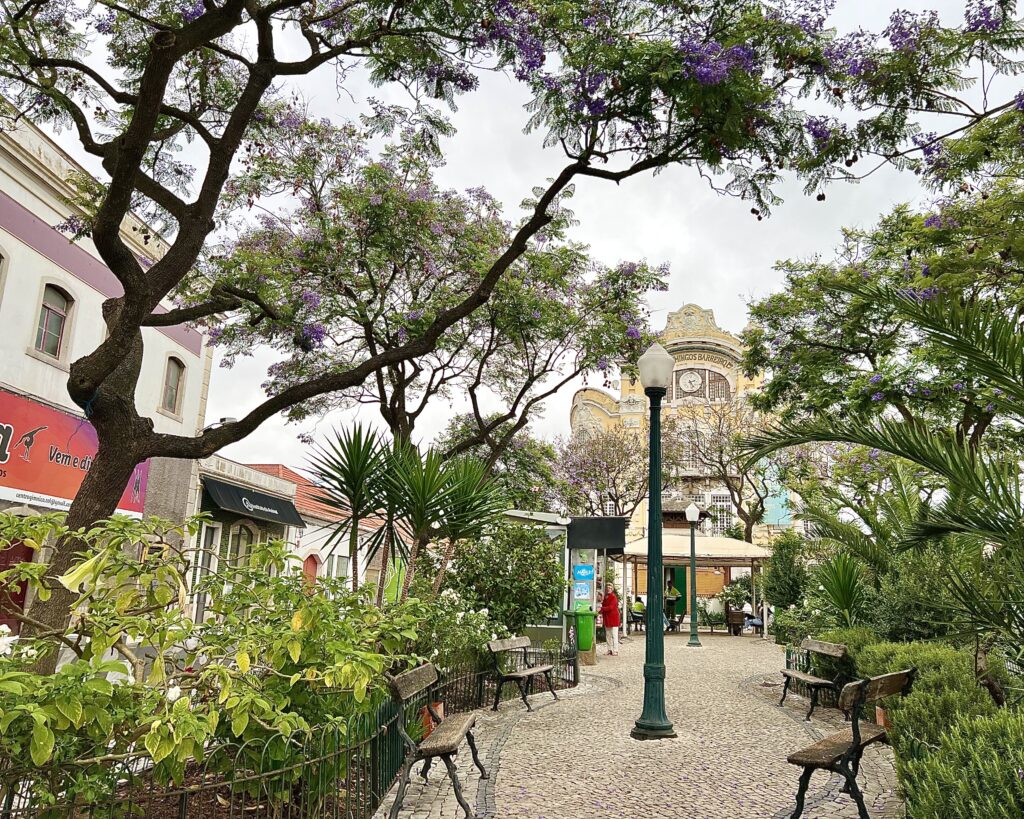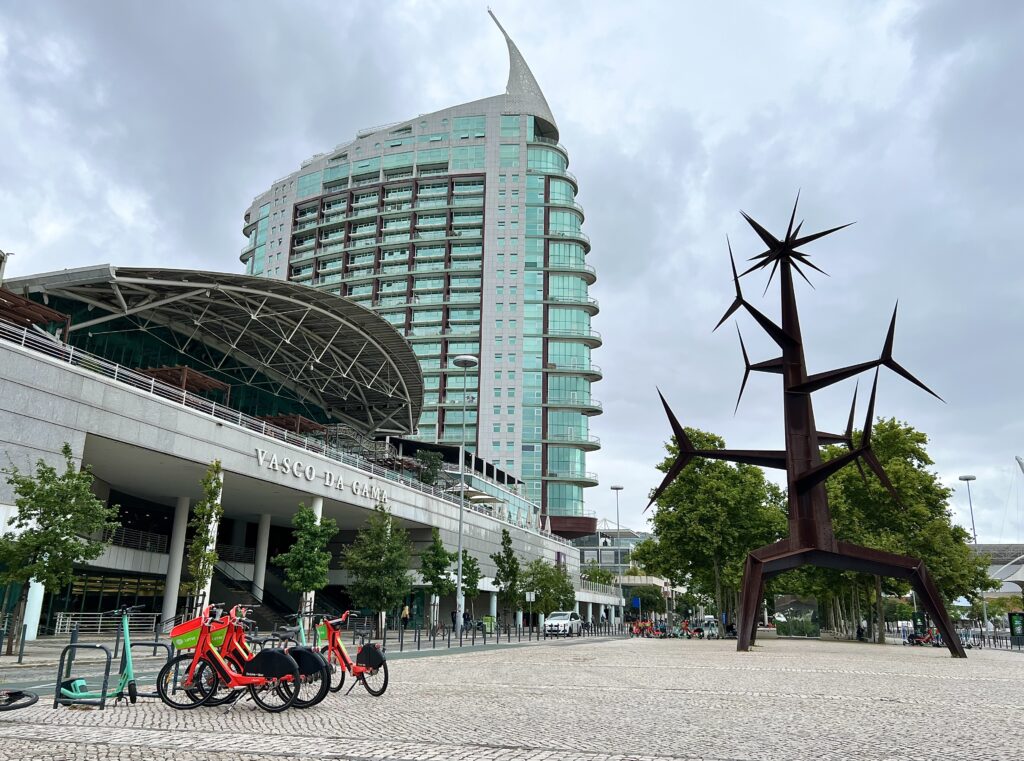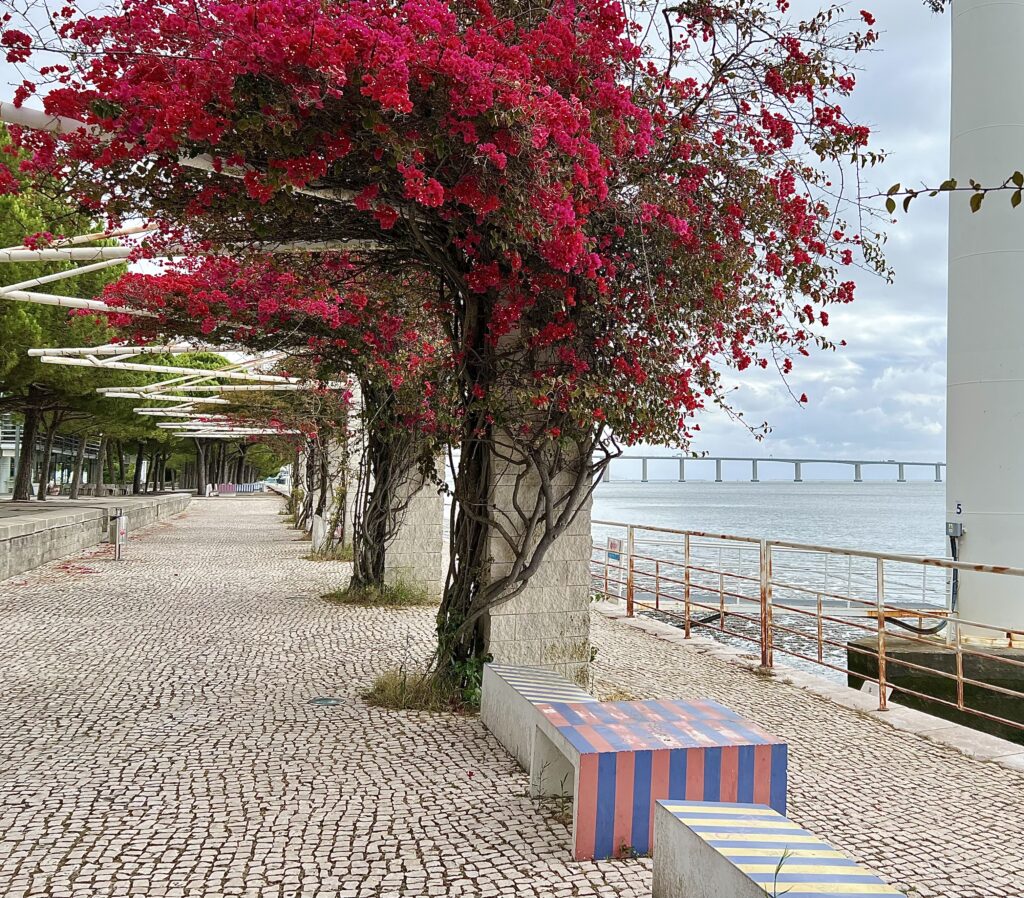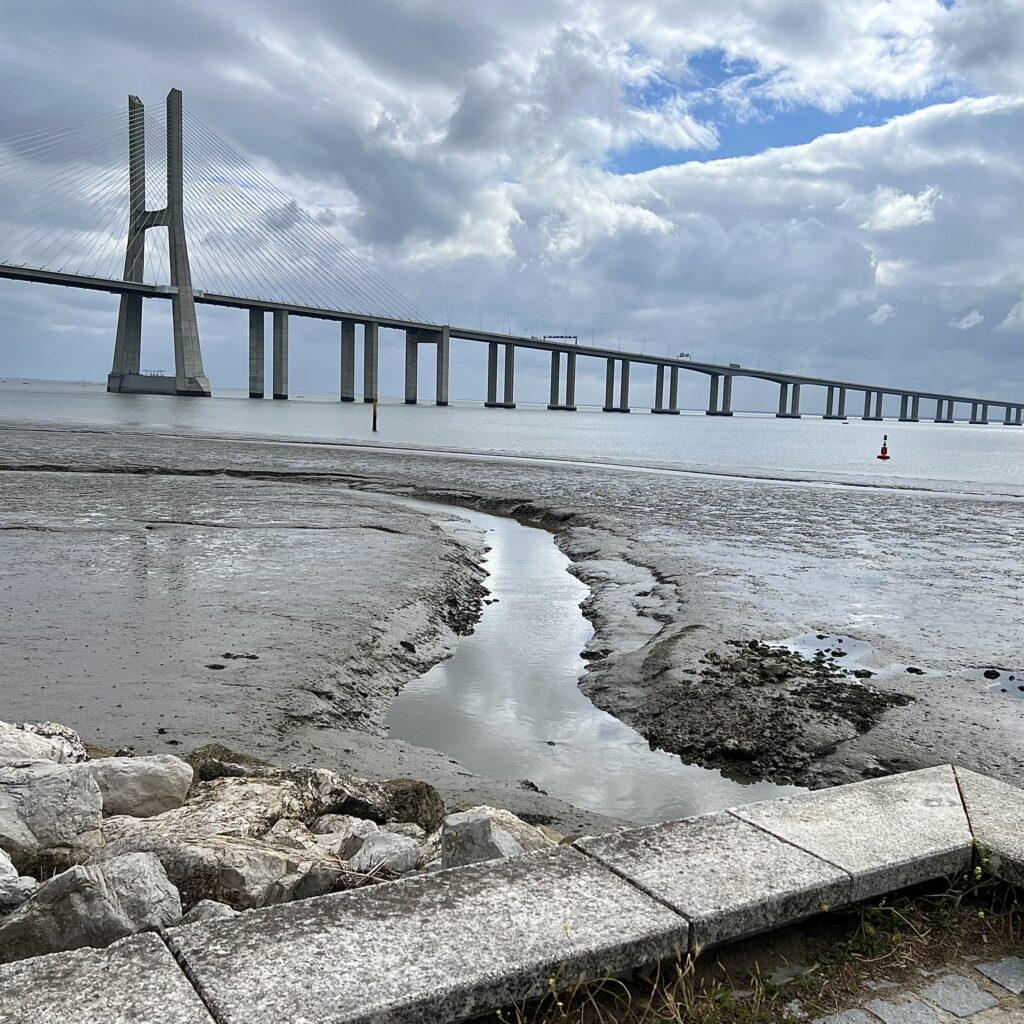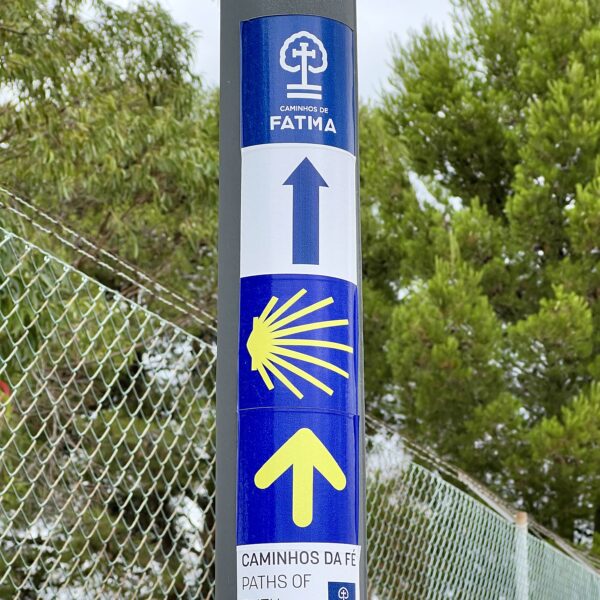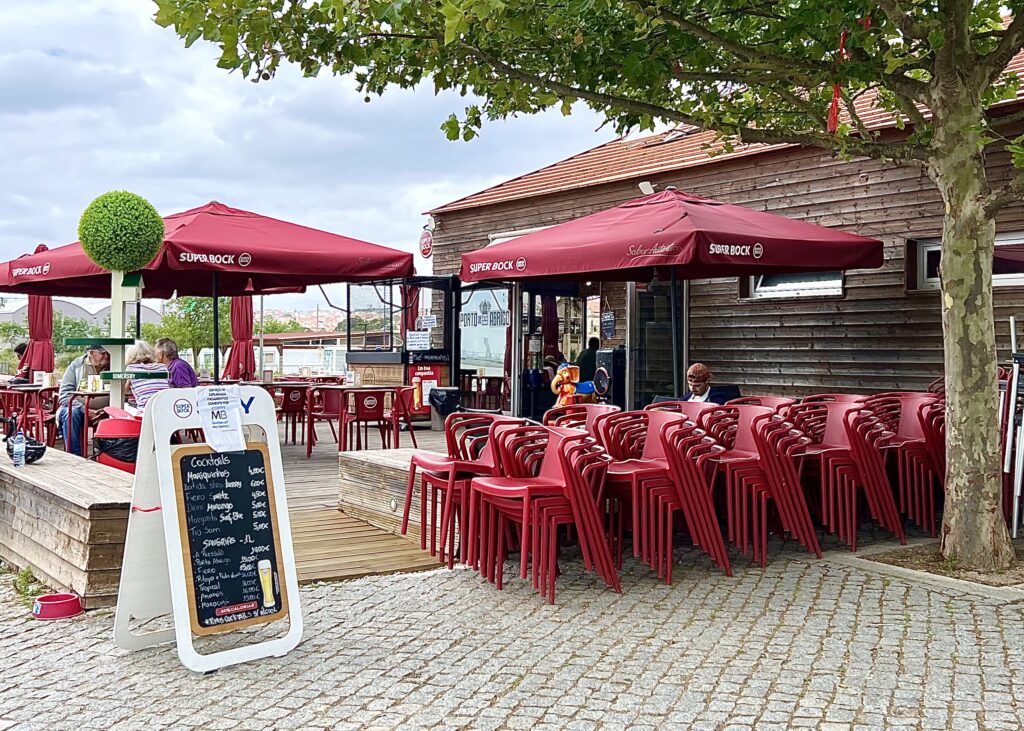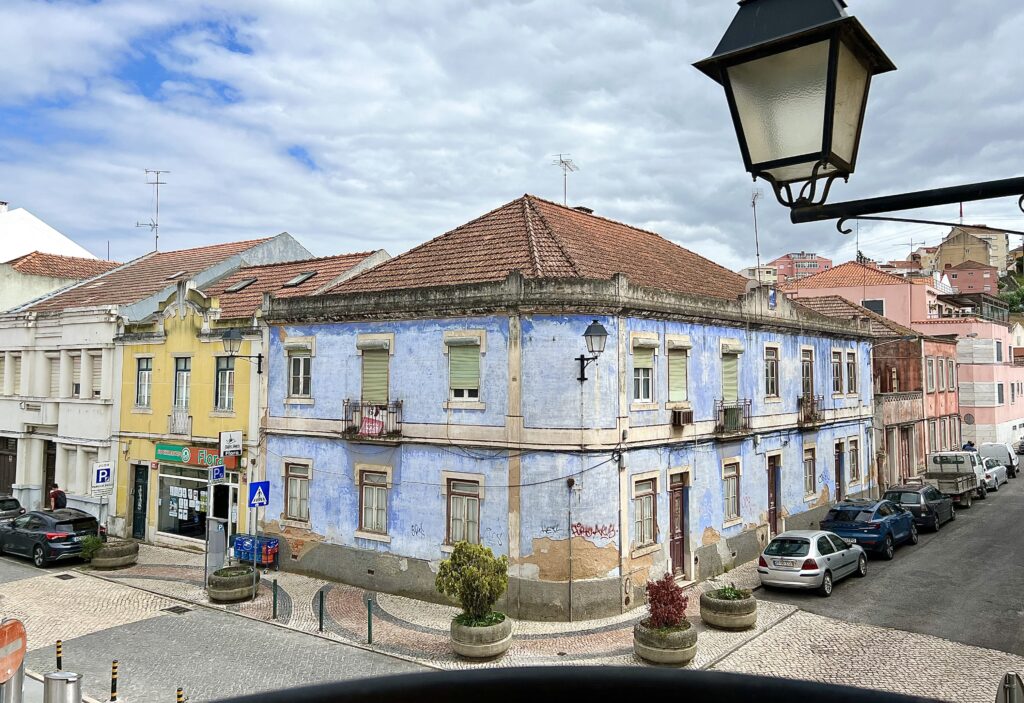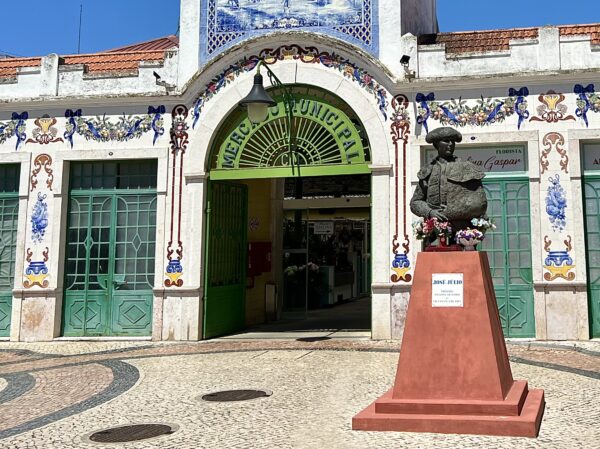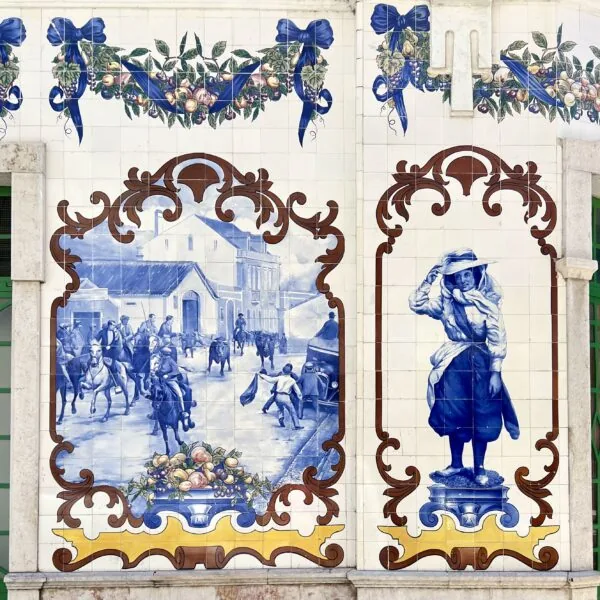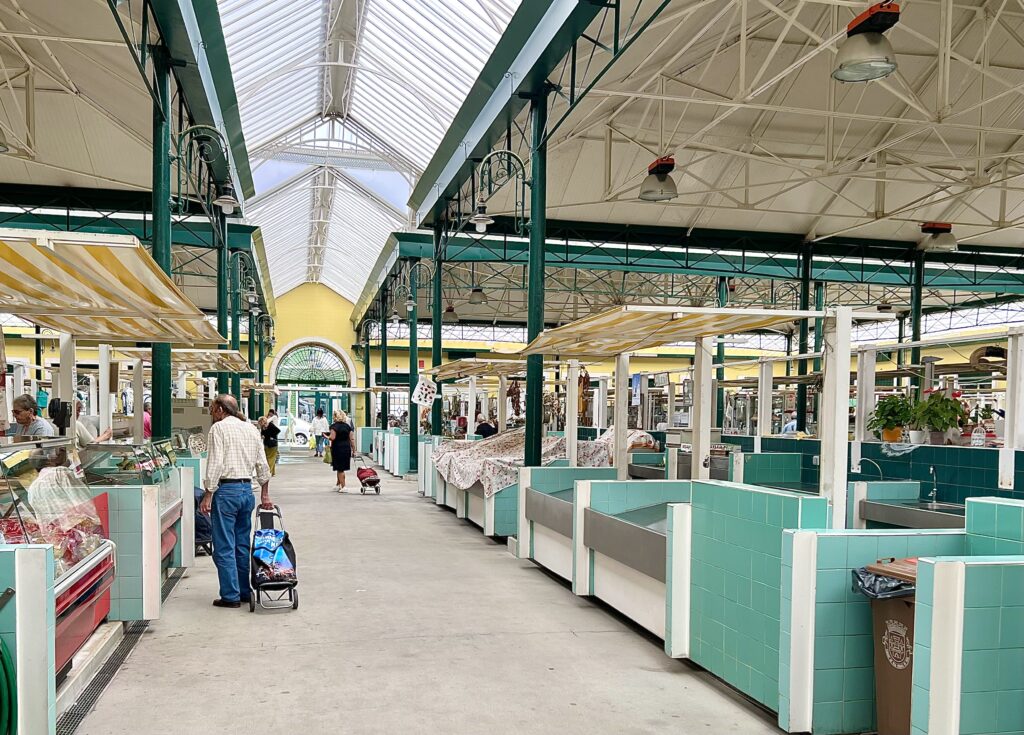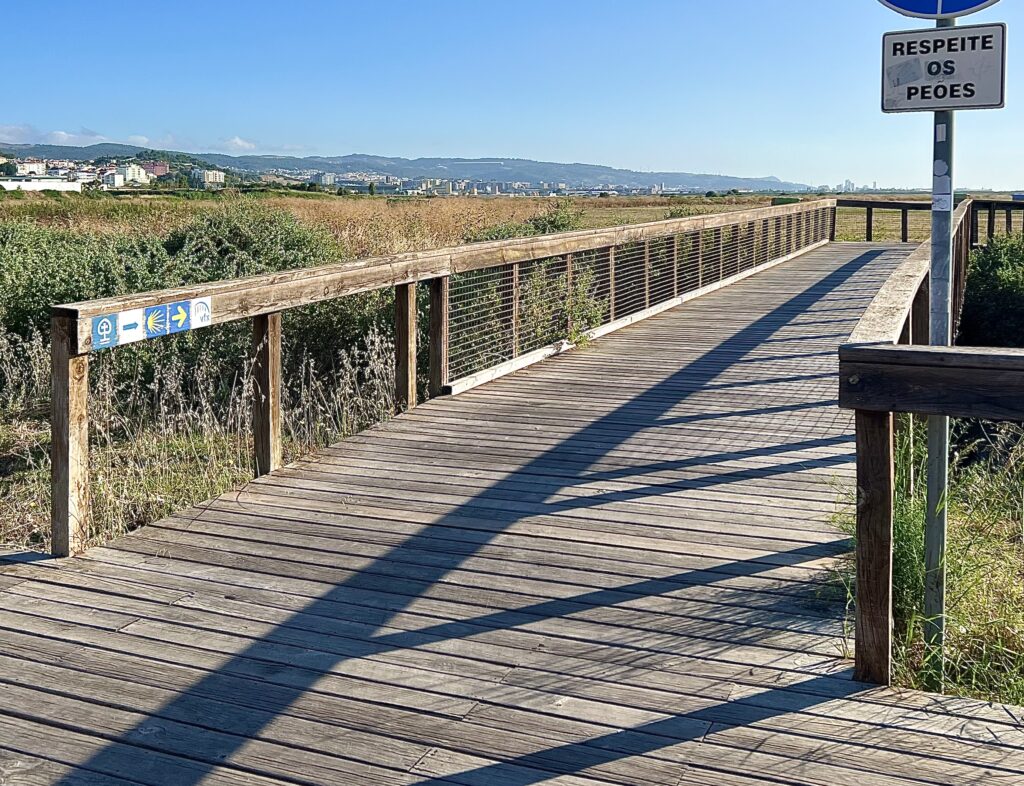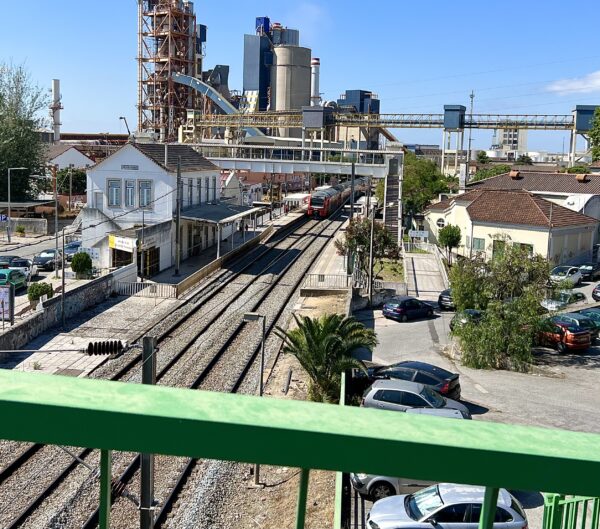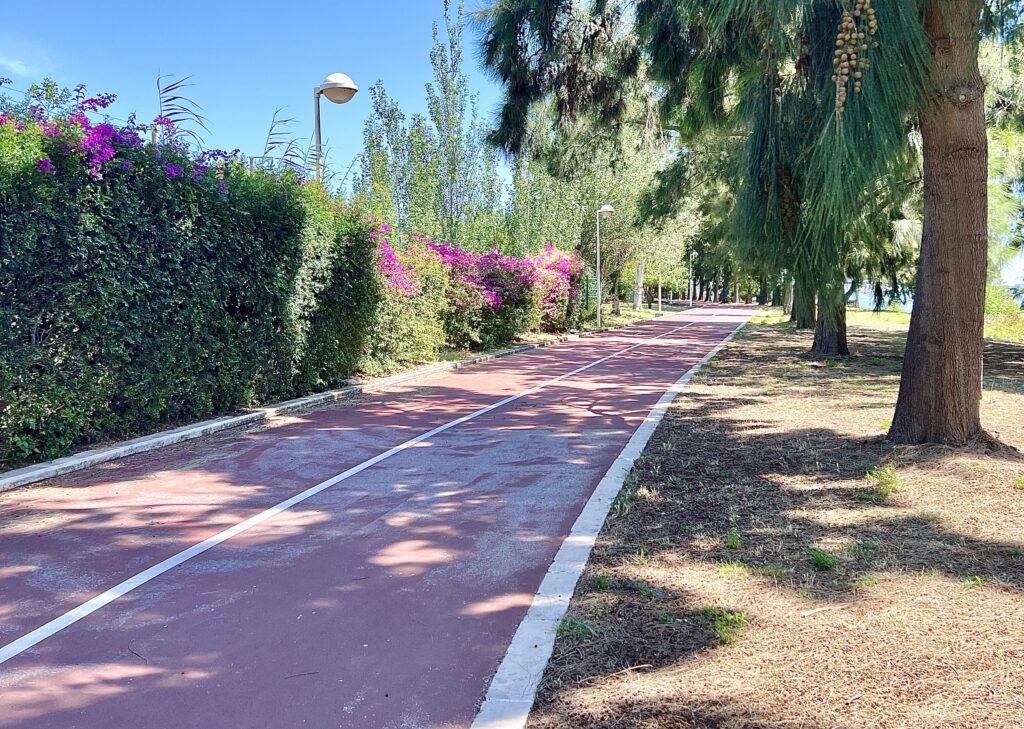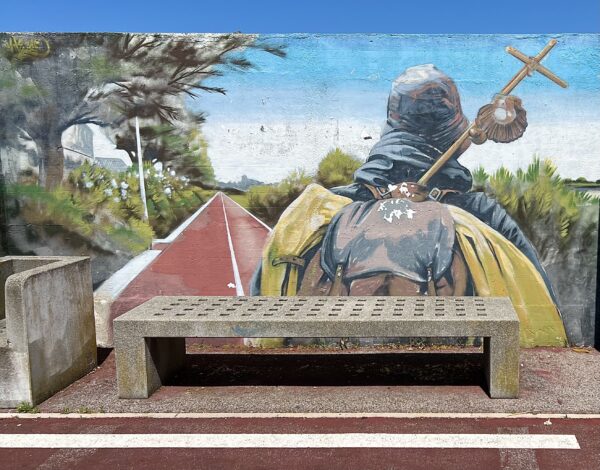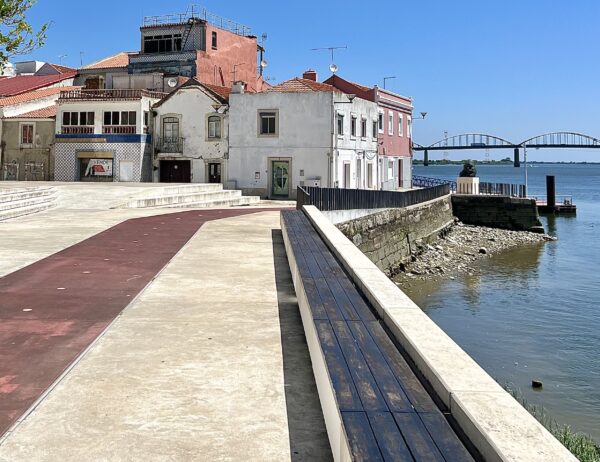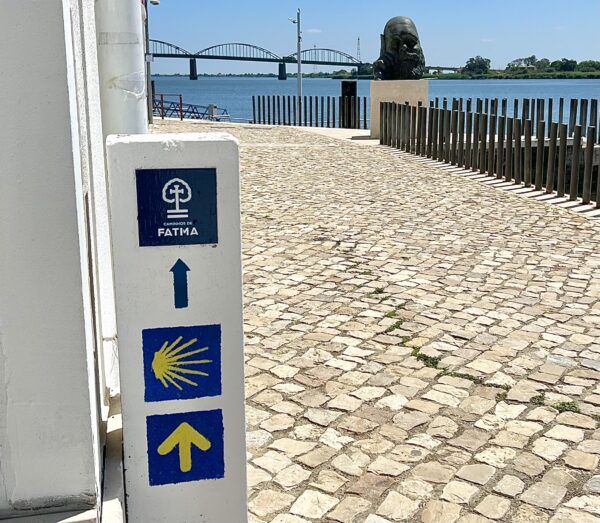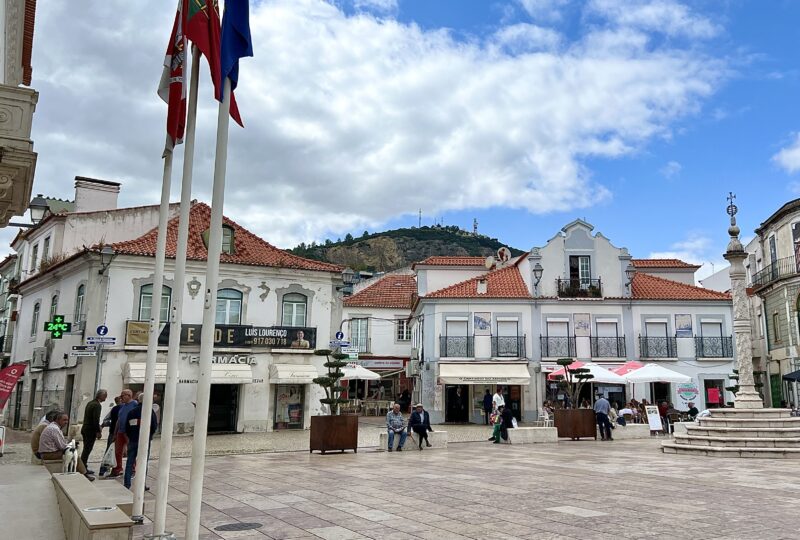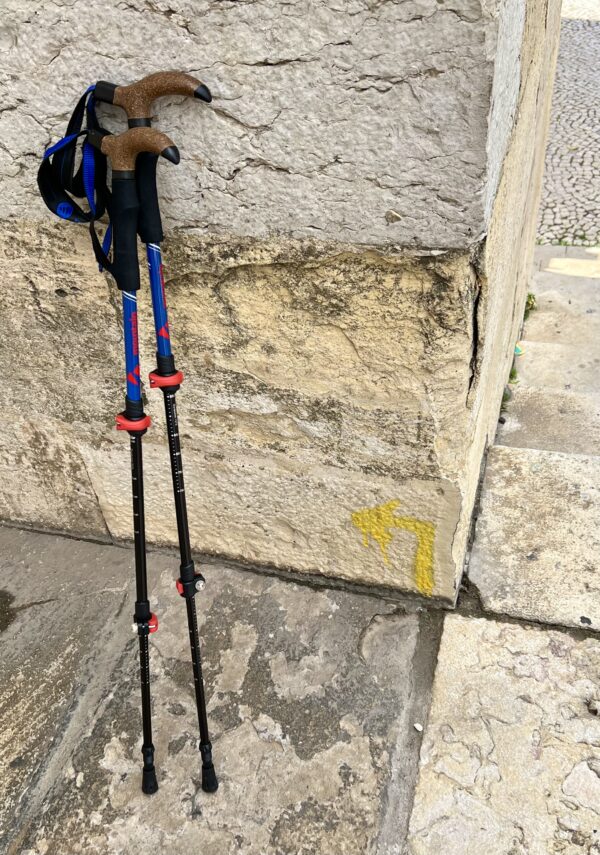
Bom Caminho! In June 2024 I walked from Lisbon to Tomar on the Camino Portuguese Central Route. This trek was an extension of the walk that Dad & I took in 2022 from Porto to Santiago de Compostela. Read more about our adventure in blog posts beginning with Camino Portuguese, Part 1: Along the Coast.
Historically, pilgrimage from Portugal to Santiago originated in the 9th century, & thousands of people walked Camino Portuguese during the Middle Ages. Documents confirm that even Queen Isabel made the journey twice while she reigned. In modern times, the Portuguese trails have become the 2nd most popular behind Camino Frances; in 2023, over 88,000 pilgrims explored them (Update: in 2024 the number was over 170,000!).
The path from Lisbon to Porto is the Central Route’s quieter half & slowly gaining recognition. I had a week to walk it as far as Tomar. Not many other pilgrims were encountered, and it wasn’t until day three that I met another person walking. Lodging stops included Vila Franca de Xira, Azambuja, Santarem, Azinhaga, & Vila Nova da Barquinha.
The route was mostly level with a few challenging climbs. From Lisbon it wove along the Tagus River before heading inland north to Tomar & beyond. Landscapes encompassed Lisbon’s industrial & manufacturing districts that eventually became miles of agricultural fields and lastly, wooded & suburban areas surrounding Tomar.
The Green Foliage Bag was part of my gear — it came in handy for my iphone, guides, sunscreen, Camino credencial (or ‘Pilgrim’s Passport’), and a few other essentials. And the wide adjustable shoulder strap stayed comfortable around my neck for the many hours of trekking!
The Central Route’s official departure point is at the Church of St. James (Igreja de Santiago), originally established in the 11th c. — there’s a sign posted by the door with the kilometers to Santiago (610 km).
The first yellow arrow for guidance, however, is painted on the right front corner of the 12th c. Lisbon Cathedral (Se de Lisboa) two blocks away. I visited both churches the day before starting the walk. St James wasn’t open and may be permanently closed (?), so I opted to begin in front of the Cathedral. I also purchased a credencial, & received my first sello (stamp). For more info about credencials & sellos check out The Camino de Santiago, Part 1.
Tourists were busy taking photos around the Cathedral in the afternoon when I stopped there. The next morning on Day 1 of walking no one was in sight as I passed by the first arrow. It instructs walkers to turn left down the street, then onward through the Alfama district, Lisbon’s oldest neighborhood.
The day before leaving I also went to the recently opened Pilgrim’s Office located behind the Church of Nossa Senhora da Conceicao (Igreja da Conceicao Velha) near the Commercial Plaza (Praca do Comercio). A placard out front points walkers to the office space in the back.
The office sells credecials for a few Euros and provides shells (donation, or “donativo”) besides offering maps. A list of street names is available as well to help guide walkers on what’s known as a sparsely marked path through Lisbon. I’d heard about this navigational challenge and appreciated the additional resource.
Guides I used included ‘excerpts’ of Lisbon to Tomar in John Brierley’s Camino Portuguese & also from the Village to Village Press series. In addition, I had two apps with offline maps, Wise Pilgrim & Camino Ninja. All resources were helpful at different times, especially as a solo walker relying on myself for navigation. For a complete list of Camino guidebooks/apps check out Camino Resources: Planning a Camino, Part 1.
Decorations hung in the Alfama neighborhood for the Sao Joao festival that happens during June. Food booths stood empty from the previous night’s festivities.
The path through the city did indeed prove tricky with markers posted intermittently. Some were small “Caminhos de Fatima” stickers that showed white arrows — these directed Camino walkers too since both the Camino & the trail to Fatima share the same Road until Tomar (the Fatima path then veers east 16 more miles to reach Santuario de Fatima). But most markers seen until Tomar combined Fatima blue and Camino yellow.
It was interesting to compare markers & signage on the route from Lisbon to the ones seen on the route from Porto. All designs are coordinated by regional Camino associations and incorporate a variety of styles & materials. Read more about markers, signage, & yellow arrows in Camino de Santiago, Part 2.
In Lisbon’s Marvila neighborhood there was a small plaza, Praca David Leandro da Silva, a lovely spot for breakfast. Orange juice and pastries bought the day before tasted good after walking for more than an hour.
Eventually the trail wound through Parque das Nacoes (Expo Park) in northern Lisbon. This modern district was built for Expo’98, a World’s Fair. Conical shaped ‘volcano’ fountains embellished the park’s main boulevard — unfortunately, no water was spouting when I went past.
The Expo Park area showcases businesses, stores, and modern art installations.
Flowering vines shaded the cobblestoned walkway Passeio do Tejo by the waterfront. The Vasco da Gama Bridge can be seen on the horizon. This impressive structure was built to accommodate traffic during Expo’98 and is the second longest bridge in Europe.
As the day progressed prominent Camino/Fatima stickers started to appear on light poles, etc.
Near Bobadela there’s a recently completed 6.1 kilometer (3.8 miles) boardwalk (Percurso Ribeirinho de Loures) that spans the Tejo Estuary. The wood surface provided more ‘cushion’ than walking on roads but had few ‘exits’ off the boardwalk for a ‘bathroom’ break. It’s a scenic option, though, and a bit shorter than following the ‘old’ path that circles inland from the water (check out guides/apps for info about this option).
My first day’s destination was to a riverside restaurant directly on the trail in Povoa de Santa Iria, an area with no lodging possibilities. From here I then Ubered onward to Vila Franca de Xira for the night.
In Vila Franca, my hotel’s balcony offered a view of pastel buildings across the street; on the other side was the Mercado Municipal, a farmers market.
A bullfighter sculpture by the Mercado’s entrance reflects Vila Franca’s association with bullfighting. There’s a bullfighting ring located on the outskirts of town (in Portugal they don’t kill the bulls).
Portuguese azulejo tile covered the market’s facade and illustrated the town’s cultural history.
Only a few vendors were left in the afternoon by the time I visited the market.
The next morning after the hotel breakfast I Ubered back to the waterfront restaurant and began the second day’s trek to Vila Franca (and the same hotel). This ‘shuttle’ arrangement allowed me to divide up the mileage for the first two days into manageable distances (13+ miles). The idea of coordinating a shuttle plan came after hearing about other walkers’ experiences doing this, particularly in the initial stages from Lisbon where lodging can be limited.
A boardwalk in Povoa de Santa Iria at the beginning of day two
Vegetation surrounded the Road in Forte da Casa.
The trail sometimes ran parallel to railroad tracks, and at stations there were crossover bridges to get to the other side if the Camino followed this way.
Crossing over the tracks at the train station near Alverca do Ribatejo
The Way passed by manufacturing/industrial plants, and a particular odor filled the air for part of the day. In Alhandra industrial towers loomed over the quaint train station (on the left).
Near Vila Franca the Caminho Pedronal Ribeirinho walkway began. Oleader bushes lined this path built for both walkers & bikers and reminded me of San Diego.
Murals decorated the walkway’s walls — one honored the Camino.
In Vila Franca by the harbor either turn left into town or keep going straight on the trail past a bust of Portuguese journalist Alvaro Guerra. I turned left & walked 10 minutes to my hotel.
The spot where the Camino continues & where I’d start the next morning
After a shower & rest, I explored more of Vila Franca’s charming streets. Locals were hanging out in the plaza Praca Afonso de Albuquerque. Not far away I found a cafe with salads available — dinner typically isn’t served until later in Portugal, therefore it’s sometimes a challenge to find restaurants open early.
Thus far, the Camino Portuguese route from Lisbon was fairly easy walking, but the trail included long stretches of road surfaces that were harder on the feet. During the first two days the industrial imagery juxtaposed with the natural surroundings — it was an interesting & unique start different than previous Camino routes I’ve trekked. The weather cooperated with partly cloudy skies, a few sprinkles, and bursts of blue. Next up, walking the agricultural region in rising temperatures.
Lisbon to Tomar on Camino Portuguese, Part 2

